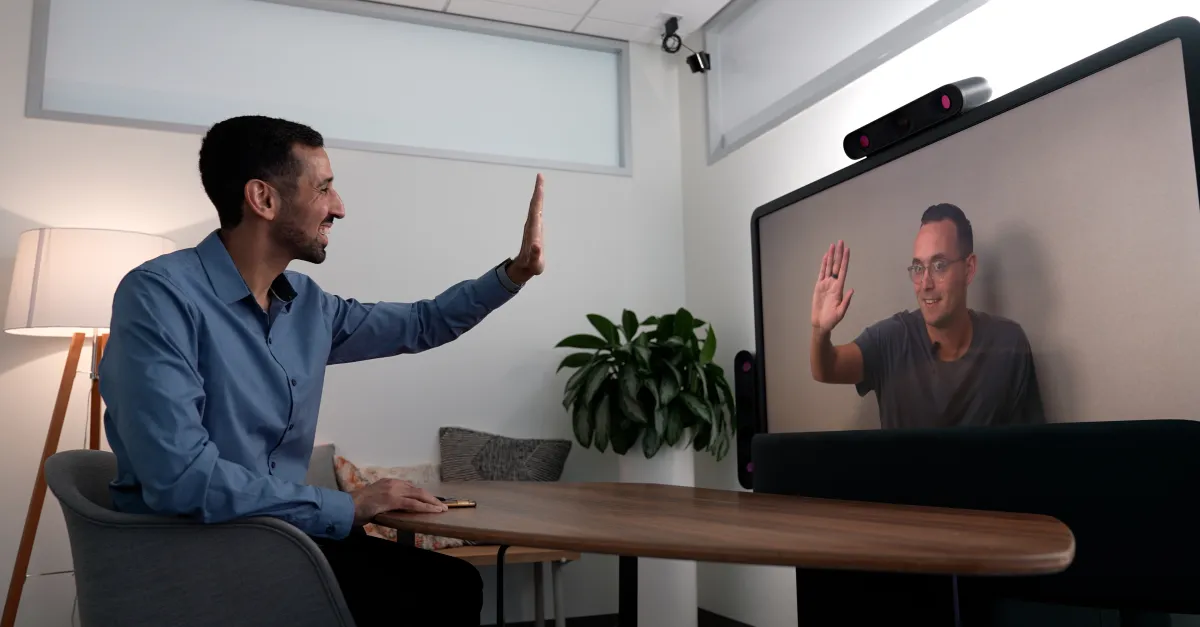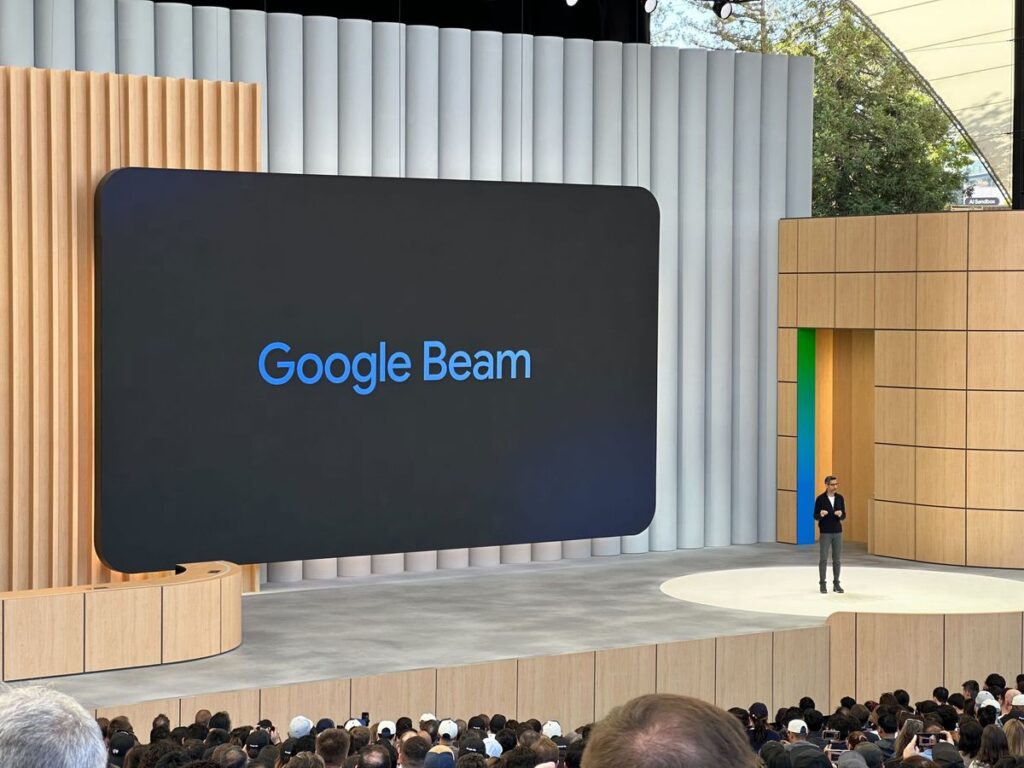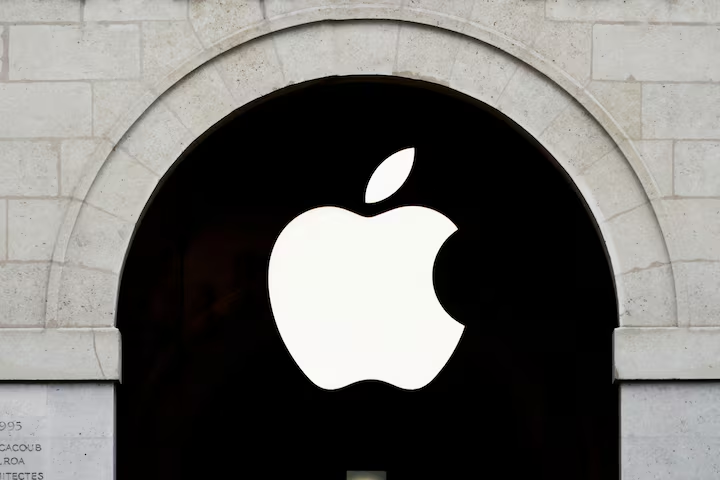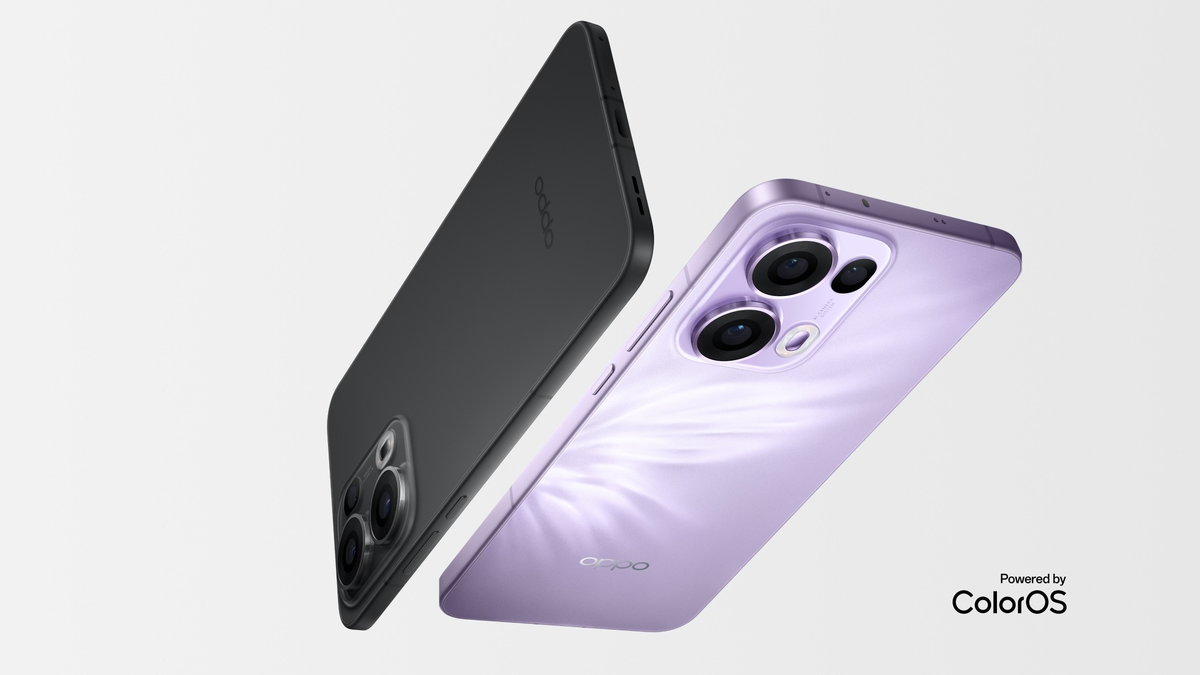Table of Contents
Google Beam Unveiled at I/O 2025: A Revolutionary Leap in 3D Video Calling
At Google I/O 2025, the tech giant unveiled Google Beam, a state-of-the-art 3D video calling platform poised to redefine virtual communication. Evolved from the company’s earlier Project Starline, Beam blends cutting-edge AI, real-time language translation, and volumetric 3D rendering into a lifelike video conferencing experience—all without the need for VR headsets or special glasses.
Beam aims to eliminate the disconnection often felt during remote communication by bringing people together in a shared virtual space that feels as authentic as sitting face-to-face.
A New Standard in Immersive Virtual Communication
At the heart of Google Beam is its ability to create high-fidelity, three-dimensional projections of users during a video call. It uses six high-resolution cameras and a light-field display system to project a volumetric image with precise depth perception. The setup allows participants to view each other in life-size 3D, making virtual conversations feel more natural and emotionally resonant.
With 60 frames per second head tracking and ultra-accurate depth rendering, the system captures subtle gestures, facial expressions, and even eye contact. This technology brings back the “human touch” in remote conversations, something that traditional 2D video calls struggle to replicate.
Unlike augmented or virtual reality platforms, Beam’s display works without the need for any headgear. It uses advanced optics to send different light rays to each eye, creating the illusion of depth and space in real-time.

Built on Google Cloud and Designed for Scalability
Google Beam is fully integrated with Google Cloud, ensuring secure, scalable, and high-performance connectivity across enterprise environments. Businesses can seamlessly incorporate Beam into their existing infrastructure, making it easier for remote teams to collaborate in more engaging and meaningful ways.
The system transforms traditional 2D video into dynamic 3D content, elevating the quality of digital interactions and enhancing workplace communication across verticals such as healthcare, education, and customer service.
Real-Time Translation Powered by Gemini AI
One of Beam’s standout features is its real-time translation system powered by Google’s Gemini AI. This functionality allows users to communicate across language barriers effortlessly. The system translates spoken words in near real-time while maintaining the speaker’s original tone, voice inflection, and emotional cues.
Initially, Beam supports English and Spanish, with additional languages—such as Italian, German, and Portuguese—scheduled for rollout in the near future. This makes Beam not just a tool for improved clarity, but a platform for inclusive global communication.
From Concept to Reality
Beam builds upon the foundations laid by Project Starline, which was introduced as an experimental concept in 2021. Back then, it required a room-sized setup and expensive hardware. In 2025, Google, in partnership with HP, has managed to miniaturize and commercialize the technology into a compact, practical solution suited for enterprise deployment.
The first Google Beam devices will launch later this year. Early adopters include tech and consulting heavyweights like Salesforce, Deloitte, and Duolingo, signaling the platform’s strategic importance in the modern enterprise ecosystem.
Compatible with Google Meet and Zoom
Another key advantage is Beam’s compatibility with existing video conferencing platforms like Google Meet and Zoom. Organizations can enhance their virtual meetings without needing to overhaul their communication systems. This makes Beam a flexible solution for businesses looking to level up their remote engagement strategy with minimal disruption.
Also Read : Microsoft Build 2025 Highlights: Embracing an Open Agentic AI Future
Designed for the Future of Work
Studies show that Beam users report less fatigue and greater engagement during virtual meetings. The platform creates a stronger sense of presence, which can be crucial in hybrid or fully remote workplaces where team cohesion and productivity are often at risk.
Google envisions Beam not only as a corporate tool but also as a solution for education and telemedicine, where real-time, immersive interactions can enhance teaching, diagnostics, and patient care.
Looking Ahead
Google Beam is more than a tech novelty—it’s a visionary leap toward making virtual communication more authentic, accessible, and global. By integrating 3D rendering, real-time translation, and AI intelligence, Google has crafted a communication platform that narrows the gap between remote and in-person interactions.
As Google prepares to roll out Beam to enterprise customers later in 2025, the platform sets a new benchmark for what’s possible in remote collaboration. It signals a future where no matter where you are, meaningful, lifelike connection is just a call away.









